detail profile william klein
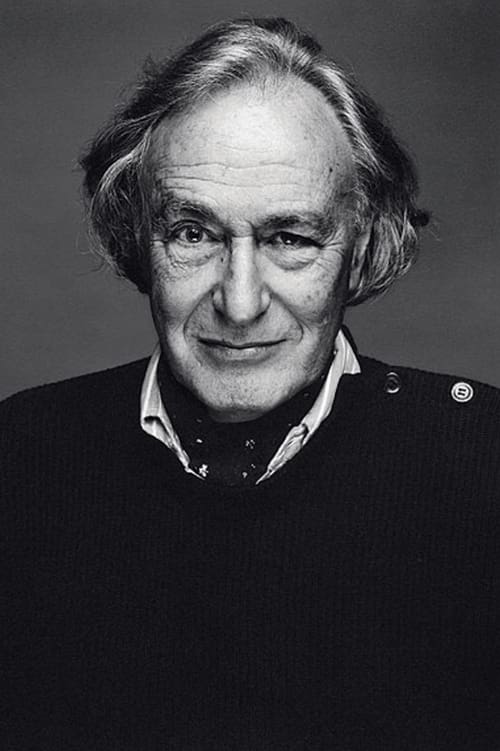
William Klein
Bill Klein
atau dikenal sebagai
Riwayat Hidup
William Klein (April 19, 1926 – September 10, 2022) was a photographer and filmmaker noted to for his ironic approach to both media and his extensive use of unusual photographic techniques in the context of photojournalism and fashion photography.
Trained as a painter, Klein studied under Fernand Léger and found early success with exhibitions of his work.
However, he soon moved on to photography and achieved widespread fame as a fashion photographer for Vogue and for his photo essays on various cities.
Despite having no training as a photographer, Klein won the Prix Nadar in 1957 for New York, a book of photographs taken during a brief return to his hometown in 1954.
Klein's work was considered revolutionary for its "ambivalent and ironic approach to the world of fashion", its "uncompromising rejection of the then prevailing rules of photography" and for his extensive use of wide-angle and telephoto lenses, natural lighting and motion blur.
Klein tends to be cited in photography books along with Robert Frank as among the fathers of street photography, one of those mixed compliments that classifies a man who is hard to classify.
The world of fashion would become the subject for Klein's first feature film, Who Are You, Polly Maggoo?, which, like his other two fiction features, Mr.
Freedom and Le Couple Témoin, is a satire.
Klein directed numerous short and feature-length documentaries and produced over 250 television commercials.
Though American by birth, Klein lived and worked in France since his late teens.
His work has sometimes been openly critical of American society and foreign policy; the film critic Jonathan Rosenbaum once wrote that Klein's 1968 satire Mr.
Freedom was "conceivably the most anti-American movie ever made".
Description above from the Wikipedia article William Klein, licensed under CC-BY-SA, full list of contributors on Wikipedia.
Info Pribadi
Peran Yang Di Mainkan William Klein
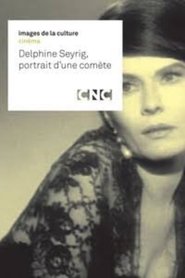 Delphine Seyrig an extraordinary woman and...
Delphine Seyrig an extraordinary woman and...Delphine Seyrig, portrait d'une comète 2000
Delphine Seyrig, an extraordinary woman and actress, died on October 15, 1990. From "Last Year at Marienbad" by Alain Resnais to "India Song" by Marguerite Duras, she played in 34 films for cinema, 13 films for television and 33 plays. Jacqueline Veuve, filmmaker and friend of Delphine Seyrig, wanted to break the silence that has fallen on her memory by making a documentary that traces with emotion and subjectivity the life of the mythical actress, the fierce feminist but also the simple friend.
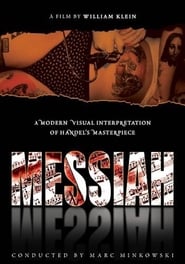 Filmmaker William Klein takes on Handels...
Filmmaker William Klein takes on Handels...Messiah 1999
Filmmaker William Klein takes on Handel’s Messiah and has created a concert film that mixes the sacred with the profane. Performed in its entirety, the oratorio provides a narrative of Christ’s nativity, passion and resurrection juxtaposed against images of absurdities and abuses against the human species across the world. The film reveals a wide array of worshippers from the Bodybuilders of Christ to the Lavender Light Gay and Lesbian Interracial Choir to the Dallas police choir.
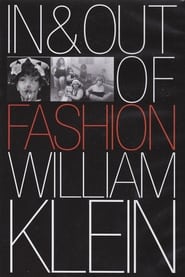 The legendary photographer William Klein has...
The legendary photographer William Klein has...In and Out of Fashion 1998
The legendary photographer William Klein has designed this fascinating book on fashion photography, with a selection of images from throughout his career, including material from his films. Though Klein claims roots in areas as diverse as painting, street photography, the tabloids, and B movies, his fashion work has been known since the fifties and sixties and has been a constant in his career.
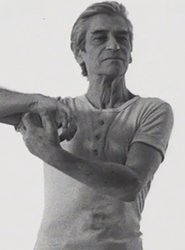 The portrait of an extraordinary French...
The portrait of an extraordinary French...Babilée '91 1992
The portrait of an extraordinary French dancer-choreographer: Jean Babilée (1923-2014) is filmed at home, in the streets of Paris, at the Opera Garnier or at the Champs-Élysées Theater, “always caught, even in his kitchen, in full body work”.
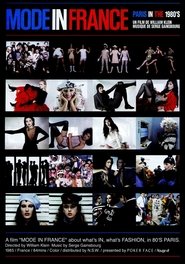 Highlighting the work of emerging fashion...
Highlighting the work of emerging fashion...Mode in France 1985
Highlighting the work of emerging fashion world all-stars like Karl Lagerfeld, Jean-Paul Gaultier and agnès b., Klein surveys the state of women’s fashion in the 1980s with this eccentric hybrid documentary scored by Serge Gainsbourg.
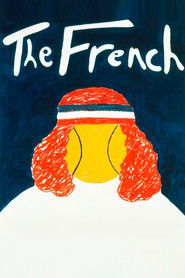 RolandGarros 1981 For the very first time...
RolandGarros 1981 For the very first time...The French 1982
Roland-Garros, 1981: For the very first time, a documentary team is allowed to shoot sequences in the backstage of the French Open of tennis of Roland-Garros. William Klein's camera takes us on the heels of the greatest players of the time: Björn Borg, Jimmy Connors, Ivan Lendl, Chris Evert-Lloyd, John McEnroe, Martina Navratilova, Yannick Noah, Guillermo Vilas... Miles of film. Historical pictures, a thousand and one details, a thousand and one unusual scenes. A declaration of love from a tennis lover.
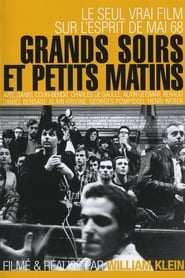 Filmmaker William Klein documents the Paris...
Filmmaker William Klein documents the Paris...May Days 1978
Filmmaker William Klein documents the Paris student riots that occurred in May of 1968.
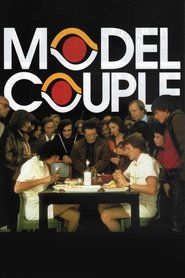 In 1977 France the Ministry of the...
In 1977 France the Ministry of the...The Model Couple 1977
In 1977 France, the Ministry of the Future chooses two “normal,” white, middle-class citizens, Claudine and Jean-Michel, for a national experiment. They will be monitored and displayed on television for six months in a model apartment outfitted with state-of-the-art products and nonstop surveillance—the template for “a new city for the new man".
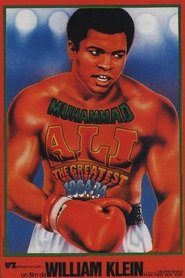 Universally accepted as a true icon...
Universally accepted as a true icon...Muhammad Ali: The Greatest 1974
Universally accepted as a true icon of the 20th century, Muhammad Ali’s phenomenal achievements spanned sport, politics and religion. One man – photographer William Klein had comprehensive access to the events that shaped Ali’s legend. In 1964, the young gregarious Cassius Clay successfully defeated the seemingly invincible Heavyweight Champion of the World Sonny Liston – the manner of Clay’s victory and his amazing persona made him an instant superstar. Through this incredible period, and Clay’s subsequent rematches with Liston, William Klein enjoyed unrivalled access top Clay’s camp – witnessing at first hand Cassius Clay becoming Muhammad Ali and angering the American people with his allegiance to Islam. Forward to Zaire 1974, and the return of Muhammad Ali to the world stage to face another invincible champion George Foreman. As Ali reclaimed the crown for a second time, Klein was ever present, capturing the full story at close quarter.
 The portrait of Eldridge Cleaver the...
The portrait of Eldridge Cleaver the...Eldridge Cleaver, Black Panther 1970
The portrait of Eldridge Cleaver, the "Minister of Information" for the Black Panthers movement, in exile in Algiers.
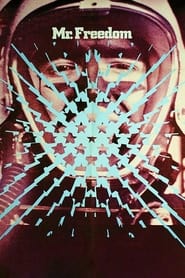 Mr Freedom a bellowing goodolboy superhero...
Mr Freedom a bellowing goodolboy superhero...Mr. Freedom 1969
Mr. Freedom, a bellowing good-ol'-boy superhero decked out in copious football padding, jets to France to cut off a Commie invasion from Switzerland. A destructive, arrogant patriot in tight pants, Freedom joins forces with Marie Madeleine to combat lefty freethinkers, as well as the insidious evildoers Moujik Man and inflatable Red China Man, culminating in a star-spangled showdown.
 Festival panafricain dAlger is a documentary...
Festival panafricain dAlger is a documentary...The Panafrican Festival in Algiers 1969
Festival panafricain d'Alger is a documentary by William Klein of the music and dance festival held 40 years ago in the streets and in venues all across Algiers. Klein follows the preparations, the rehearsals, the concerts… He blends images of interviews made to writers and advocates of the freedom movements with stock images, thus allowing him to touch on such matters as colonialism, neocolonialism, colonial exploitation, the struggles and battles of the revolutionary movements for Independence.
 In seven different parts Godard Ivens...
In seven different parts Godard Ivens...Far from Vietnam 1967
In seven different parts, Godard, Ivens, Klein, Lelouch, Marker, Resnais, and Varda show their sympathy for the North-Vietnamese army during the Vietnam War.
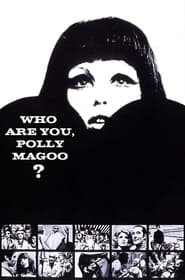 In this excoriating satire of the...
In this excoriating satire of the...Who Are You, Polly Maggoo? 1966
In this excoriating satire of the fashion industry, Polly Maggoo is a 20-year-old Brooklyn-born fashion model in Paris, on the runway at the big shows where magazine editor Ms. Maxwell is the reigning opinion maker. The ridiculous passes for sublime. Polly becomes the subject of an episode of a vapid TV news documentary series called "Qui êtes-vous?" and is pursued by the filmmaker and by the prince of Borodine, a small country in the Soviet bloc.
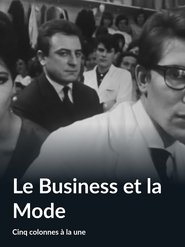 Often imitated the creations of French...
Often imitated the creations of French...Le Business et la Mode 1962
Often imitated, the creations of French couturiers caused a sensation across the Atlantic, but perhaps to the detriment of haute couture... The presentation of Yves Saint-Laurent, the darling of Americans, and the interviews with clients and industrialists highlight the links between ready-to-wear in the United States and French fashion.
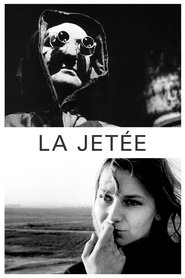 A man confronts his past during...
A man confronts his past during...La Jetée 1962
A man confronts his past during an experiment that attempts to find a solution to the problems of a post-apocalyptic world caused by a world war.
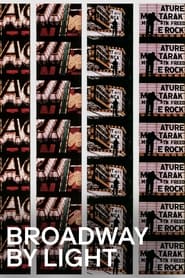 An experimental meditation on Times Squares...
An experimental meditation on Times Squares...Broadway by Light 1958
An experimental meditation on Times Square's marquees and iconic advertising that captures the concurrently seedy and dazzling aspects of New York's Great White Way.
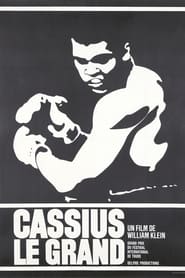 Portrait of American boxer Cassius Clay
Portrait of American boxer Cassius Clay